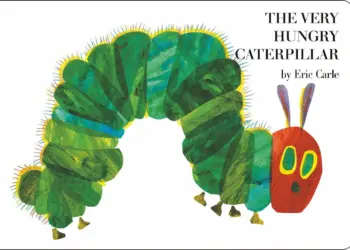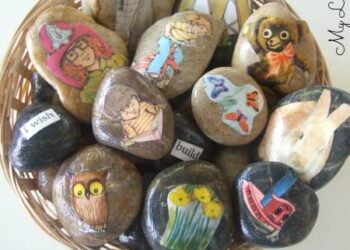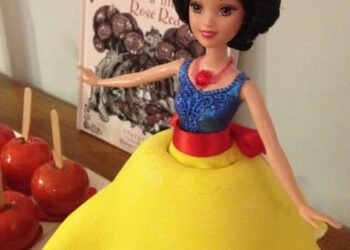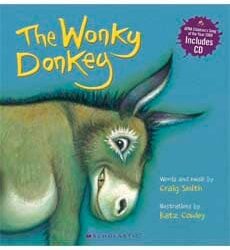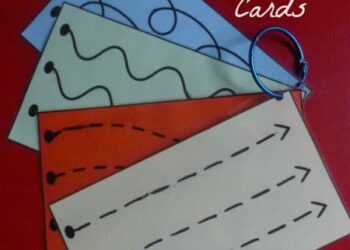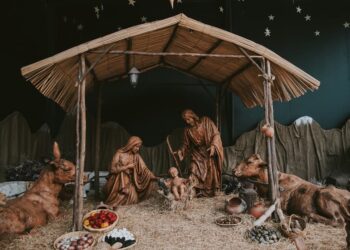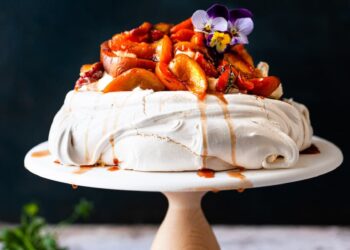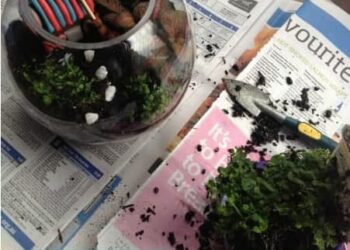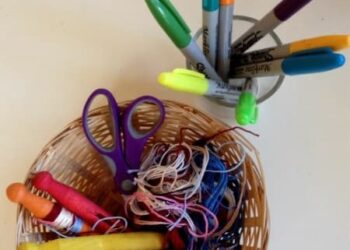Eric Carle has had a wonderful impact on generations of children. I’ve heard him interviewed a number of times and he regularly talks about the simplicity of his artwork. This simplicity, along with his use of bold colours, may be what interests children but I believe his style of art is anything but simple.
Undertaking this Eric Carle inspired artwork with my daughter helped me to see that there are many rich elements involved in this style of art, especially by creating it yourself.
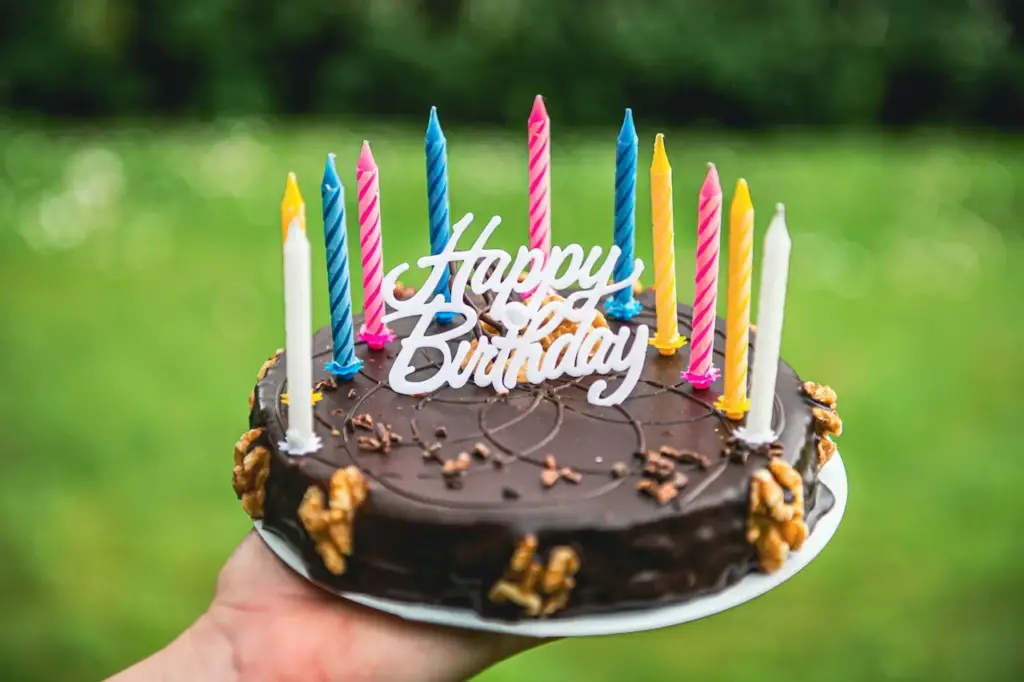
- Tissue paper is extremely delicate and gives children a different medium to work with
- Adding layers of colours, and using a range of tools and patterns again provides children with an opportunity to experiment
- By cutting and using shapes to create the collages you and your child enter a wonderful conversation about shapes: their names, their properties, and discussing how individual shapes make up everyday objects.
- Children can feel the texture created in the collages through the layers of colour, the patterns, and the hardening and crinkling of the tissue paper.
- We also develop a wonderful appreciation of Eric Carle’s books when we read them again. We spend just a little bit more time looking at and talking about the pictures.
Activity:
Create a collage, a la Eric Carle style!
I also think it’s wonderful for children to see, read and listen to the stories behind the books they love. I think that helps them to love and understand books on another level.
Books that inspired this activity:
We’re inspired by all of Eric Carle’s books, but these are our favourites:
You will need:
- Tissue Paper
- Paint (a range of colours)
- Water
- A range of painting tools (e.g brushes, sponges, feathers etc.)
Our Approach:
- We added water to our poster paints.
- After laying out the tissue paper, we used the paint brush to create our first layer of paint
- Eric Carle suggests letting the first layer dry before adding more layers but we went ahead and created the second layer straight away
- We used a sponge to create a splotchy pattern of green over the orange layer.
- You could create as many layers with as many colours as you like, or you may like to simply create one layer.
- After the paint had dried, we used the paper to cut out a range of shapes.
- Using clag we created collages using the shapes.
- We discussed and planned some of the collages.
- Others were free, random and abstract.



